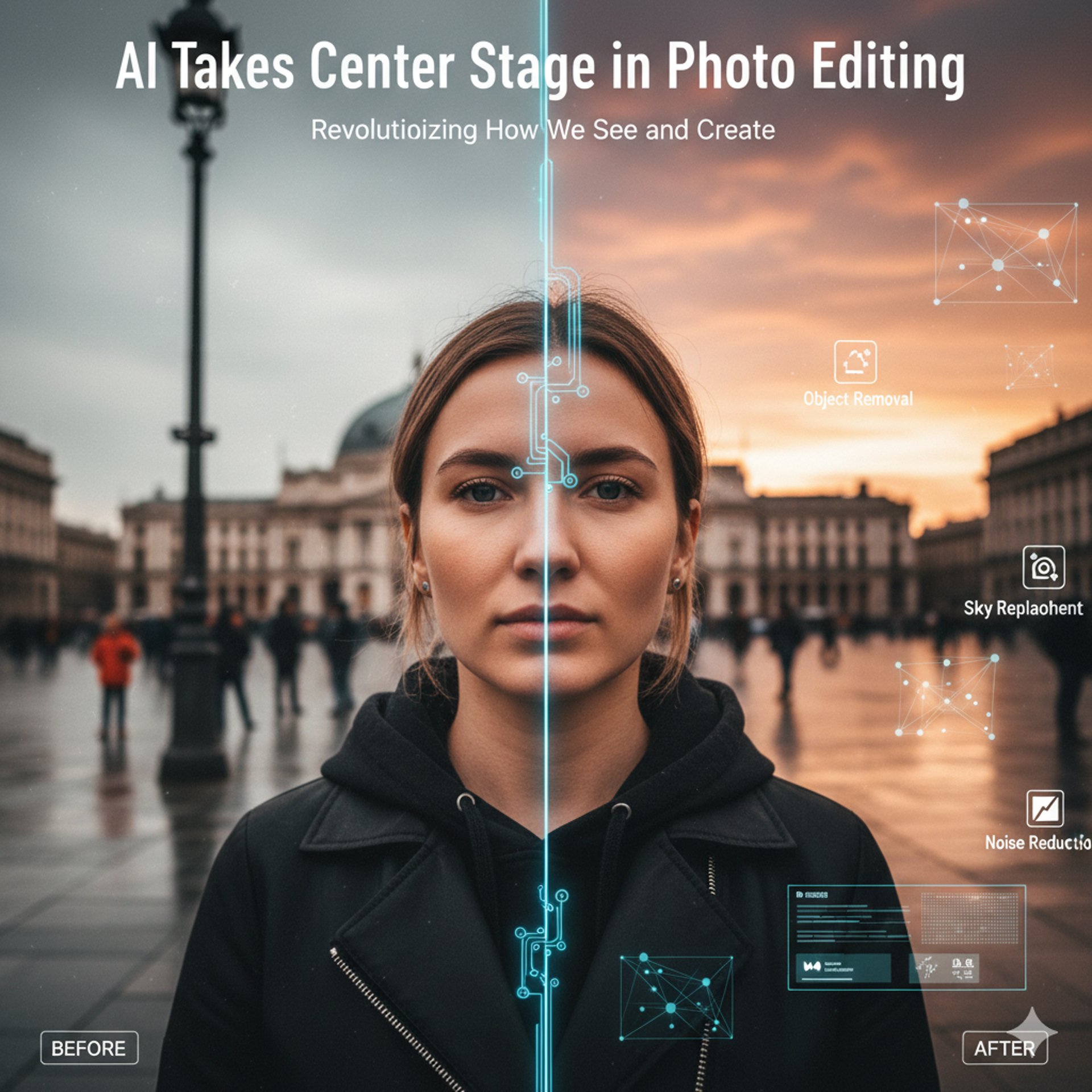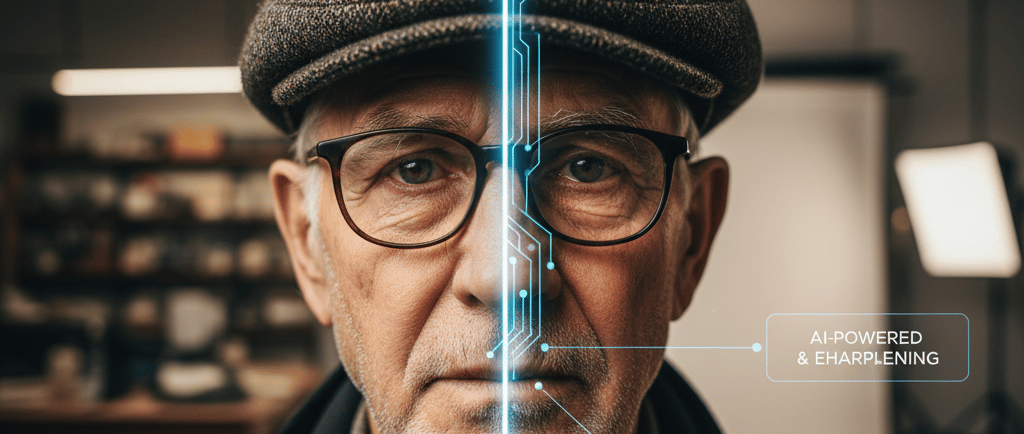
The AI Toolkit: Game-Changing Features Revolutionizing Workflow
Blog post description.
9/27/20252 min read


The AI Toolkit: Game-Changing Features Revolutionizing Workflow
The integration of Artificial Intelligence into editing software isn't just about faster tweaks; it's about making previously impossible or tedious tasks instant and accessible to everyone. Here are the major AI-powered features dominating the photo editing landscape right now:
1. Generative Fill and Content-Aware Editing 🪄
This is arguably the most powerful new capability. Tools like Generative Fill (as seen in Adobe Photoshop) allow users to extend an image's canvas (Generative Expand), remove large objects seamlessly, or even add new elements into the scene using a simple text prompt. The AI intelligently synthesizes new, contextually plausible pixels, making the process of background replacement or object removal virtually flawless.
2. Intelligent Upscaling and Restoration 💾
AI has completely changed how we handle low-quality images. Intelligent Upscaling uses deep learning models to predict and fill in missing detail when you increase an image's resolution, avoiding the typical pixelation of traditional upscaling. Similarly, AI Photo Restorers can automatically repair old, damaged, or faded photographs by removing scratches, reducing grain, and bringing back vibrant color and detail.
3. Automated Aesthetic Enhancement 🎨
AI handles the complex, technical aspects of a great photo, leaving the creative vision to the photographer.
AI Noise Reduction/Denoising: Cleans up images shot in low light (high ISO) without sacrificing important fine details.
One-Click Sky Replacement: Detects the sky, creates a perfect mask, and seamlessly inserts a new sky with matching lighting and reflections.
AI Color Grading/Styling: Learns a photographer's preferred style or a chosen preset and applies it consistently across hundreds of photos in a single batch, ensuring a cohesive look for an entire gallery.
Navigating the Future: Ethical Considerations and the Question of Trust
As AI hands photographers unprecedented power to manipulate reality, it simultaneously introduces complex ethical dilemmas that the industry is actively addressing.
The Problem of Authenticity and Deepfakes 🎭
The capability for seamless manipulation raises serious questions about the authenticity of images. When it's easy to remove a person from a crowd or generate a hyper-realistic scene that never happened, it erodes public trust.
Deepfakes: The same generative AI models that power photo editing can be used to create misleading or malicious visual content, such as depicting people in compromising or false situations.
Misinformation: AI-edited images are increasingly used to spread false information, making it difficult for consumers to distinguish genuine news from fabrication.
Addressing Bias and Upholding Privacy 🔒
The data used to train AI models often reflects societal biases. If an AI retouching tool is trained predominantly on one type of skin tone, its output may unfairly lighten or misrepresent others. Developers must actively train their models on diverse datasets to ensure the tools are equitable and inclusive. Furthermore, the use of facial recognition technology within editing apps highlights the ongoing concern of privacy and consent.
The Call for Transparency 🏷️
A key part of the solution is transparency. Initiatives like the Coalition for Content Provenance and Authenticity (C2PA) are pushing for digital watermarking and metadata tags (often called Content Credentials) to be embedded in images. These credentials act like a digital nutrition label, clearly showing when, how, and by what tools an image has been created or edited with AI.
The AI-driven revolution in photo editing is not stopping. It promises a future where creative barriers are minimal, but it demands that photographers, platforms, and consumers approach every image with a critical eye, prioritizing ethics, transparency, and responsibility alongside breathtaking creativity.
